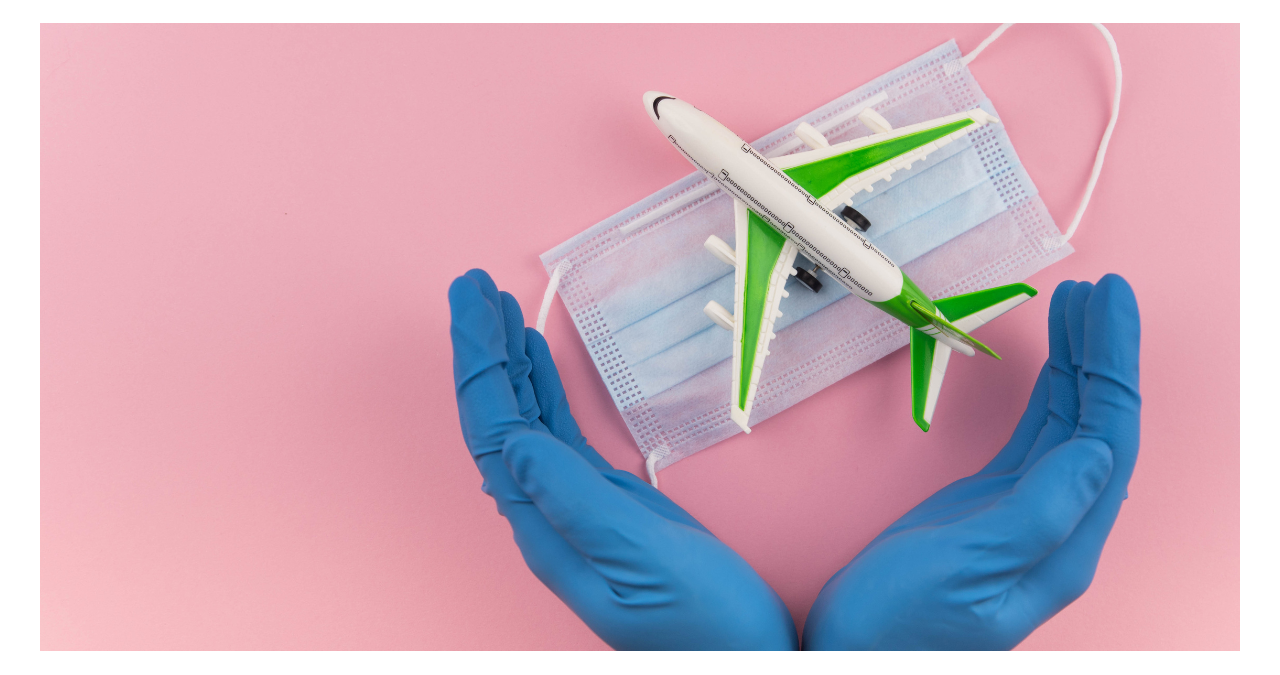
If you follow the news, you’ve likely seen that airlines are having a very rough year. Many thousands of flights have been delayed or cancelled. The industry has seen shortages of pilots, flight attendants, air traffic controllers and even baggage handlers. Acres of lost luggage and weather problems have emerged as well.
However, it’s not a bad year for U.S. airline safety. In fact, it’s been over 13 years since the last fatal U.S. airline accident and over 8 billion (billion!) passengers have safely flown on U.S. airlines since then (the same cannot be said internationally, unfortunately). Although airlines are clearly not hospitals, clinics or other healthcare entities, one has to ask how that safety record is possible. Clearly there is an unwavering commitment to zero harm for passengers and crew that takes precedence over all other considerations and, importantly, the science of accident prevention is applied to operations.
Healthcare isn’t doing nearly so well safety-wise. On the background of an estimated 250,000 preventable U.S. hospital deaths per year, the COVID-19 pandemic upended care protocols, created large-scale staffing shortages and highlighted shortcomings in societal equity. The measured incidence of adverse events, including hospital-acquired infections, increased significantly during the pandemic. The waves of COVID infections as variants proliferated were disheartening to all, as were controversies over protective measures, vaccines and unproven remedies.
Meanwhile, hospitals and other healthcare organizations have been left with residual staff shortages, higher staffing costs, inflation in other costs and a heightened need to address equity issues. With World Patient Safety Day observed this year on Saturday, Sept. 17, it’s a fitting time to consider an important question: As the pandemic hopefully winds down to endemic status, where does healthcare need to go to achieve U.S. airline-level safety?
The first step is a recommitment to zero patient harm. We expect zero harm in air travel, in nuclear power generation, at major theme parks and even at our local zoo, so why not in our hospitals and clinics? We must leave behind the mindset that “things happen,” such as a sponge being left in a patient. Or a medication being dosed incorrectly or given to the wrong patient. Or an IV line getting contaminated. Or a patient falling and breaking something. In other words, we have to stop believing that zero harm is not possible.
Once you stop believing, the mindset turns to acceptance because harm is considered inevitable. Recommitment to zero patient harm has to start with the organization’s most senior leadership—the CEO and the board. There’s no better guide for that than Leading a Culture of Safety: A Blueprint for Success, developed by ACHE, the Institute for Healthcare Improvement and the National Patient Safety Foundation’s Lucian Leape Institute.
Next, we need to understand that airlines and other high reliability industries didn’t get to be that way by hiring only the smartest and most careful employees. Everyone makes mistakes—it’s an inescapable human condition. High-reliability industries changed their work processes to ensure that human errors do not result in harm. Healthcare can do exactly the same thing.
Timeouts before surgery, barcode checks of patients and medications before administration, sterile procedures for insertion of central lines and urinary catheters are just a few examples of systemic process changes that improved patient safety. Using a formal change management method like robust process improvement, as advocated by The Joint Commission, can help ensure that process changes achieve meaningful results and durable acceptance. Robust process improvement includes Lean methods for efficiency, Six Sigma for reliability and, most importantly, change management techniques to ensure lasting acceptance. Hundreds to thousands of processes have to change to achieve zero patient harm.
Finally, it’s important to understand that airlines did not simply gather pilots, flight attendants and mechanics together to develop new safety protocols. While those and other individuals were surely involved, high-reliability industries employ trained safety scientists to develop and manage safety processes. In healthcare, we tend to believe that well-intentioned doctors, nurses, technicians, executives and others can develop all the safety protocols they need. The reality is that as well-trained as we might be, we are not trained in the science of safety. Healthcare cannot achieve high levels of safety and reliability until we bring safety scientists and engineers into our organizations.
The good news is that healthcare can do this. We have achieved tremendous gains in technology, medications, procedures and informatics for the betterment of patient care. It’s time to apply leadership, process improvements and safety science to the everyday delivery of healthcare, which can and should become as safe as air travel.
M. Michael Shabot, MD, FACS, FCCM, FACMI, is founding partner, Relia Healthcare Advisors. He will be co-presenting “Leading A Culture of Safety: A New Operating Model for High Reliability Quality, Engagement, Efficiency, and Growth” during ACHE’s Orlando Cluster, scheduled for Dec. 5–8. Register today.
